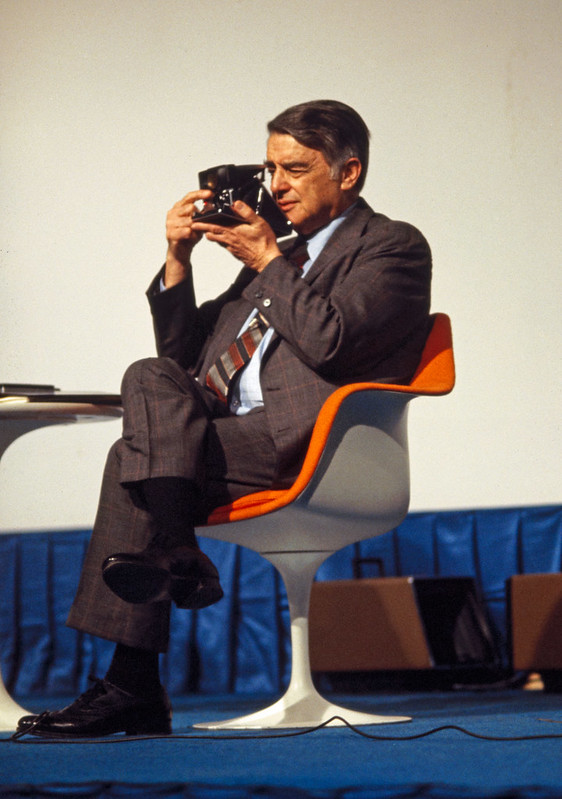 Harry and Mattie Land’s second son Edwin was born on May 7, 1909 in Bridgeport, Connecticut. When Edwin was ten years old, his father decided to relocate the family and his scrap business to the city of Norwich. Edwin attended the Broadway School as a young boy before entering Norwich Free Academy in his early teens.
Harry and Mattie Land’s second son Edwin was born on May 7, 1909 in Bridgeport, Connecticut. When Edwin was ten years old, his father decided to relocate the family and his scrap business to the city of Norwich. Edwin attended the Broadway School as a young boy before entering Norwich Free Academy in his early teens.
His keen mind and insatiable intellectual curiosity motivated his early fascination with the elemental properties of light. As a young boy he had developed a strong interest in kaleidoscopes and stereoscopes. His early scientific understanding of light was shaped by the textbook Physical Optics by Robert Wood, a physics professor at Johns Hopkins University.
A pivotal life changing experience for Edwin occurred while he attended summer camp in the early 1920’s. A camp counselor demonstrated how a chunk of mineral crystal could remove the glare of light on a shiny table top. Edwin found the scientific explanation in his textbook. The mineral structure of the crystal polarized the normally multidirectional light rays passing through it, thereby eliminating the glare.
Land graduated from NFA in 1927 and entered Harvard University for his freshman year only to drop out a few months later and move to New York City. Here he pursued his obsession to create synthetic polarizers composed of microscopic crystals. He secretly used the labs at Columbia University at night while continuing his study of physical optics during the day at the New Yok Public Library.
Land applied for a patent in 1929 after developing a manufacturing process for mass producing polarized plastic sheets composed of microscopic crystals. Soon after, he and his partner George Wheelwright formed a company to manufacture polarizers. These inexpensive polarizers were used in photographic filters and glare-free sunglasses.
Between 1943 and 1946 Land and his colleagues at the Polaroid Corporation worked on what would be one of the most revolutionary advancements in the history of photography. Land’s vision of a camera that produced an instant photograph by duplicating the traditional darkroom chemical process inside the camera itself. The Model 95, the world’s first instant camera was unveiled in November 1948. It produced a sepia photograph in about one minute.
Land and his team at Polaroid spent fifteen years of intensive experimentation culminating with the introduction of the world’s first instant color film in 1963. Polaroid’s crowning achievement was the creation of the SX-70 camera in 1972 which finally realized Edwin Land’s vision of one-step instant color photography.
To view the images of Edwin Land and his Polaroid cameras, visit the Otis Library’s Flickr site of historical photographs.
